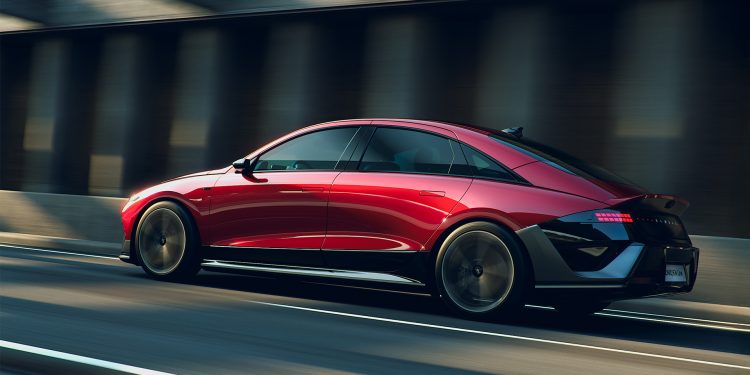Hyundai Ioniq 6 facelift arrives early, improves appeal
Words NZ Autocar | Images Hyundai
The Ioniq 6 electric saloon with the streamliner look has proven controversial and has not sold well here. In fact, it no longer appears on the local Hyundai website.
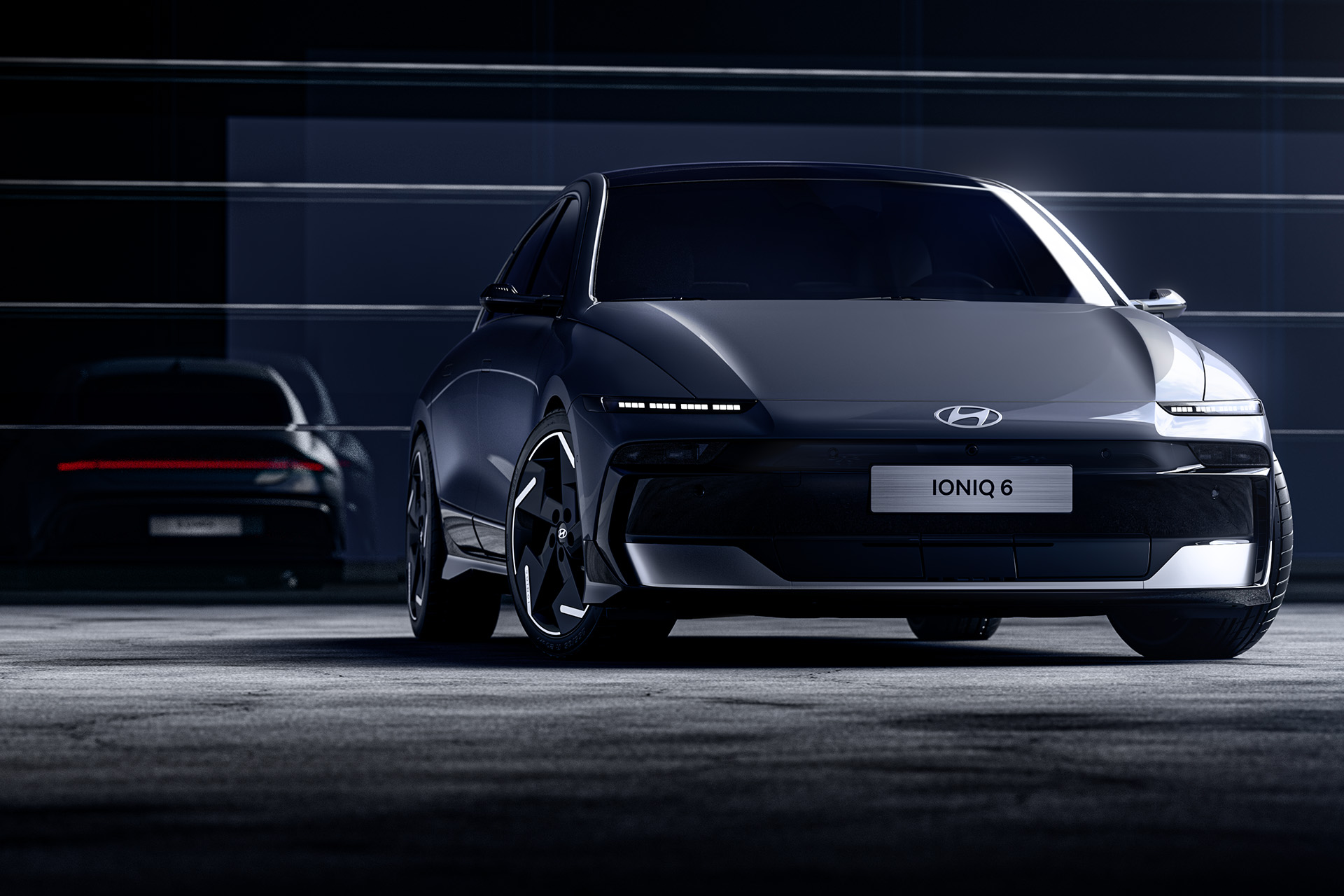
That must mirror the situation overseas for Hyundai has undertaken an early facelift barely three years after its introduction. It also comes before the refresh of the more popular Ioniq 5.
A dramatic new design for the Ioniq 6 front end sees the main headlights move below the slit-like peepers of the DRLs. This new look should help the car find a wider customer base, as will changes at the rear to the ducktail spoiler. The swooping, wind-cheating proportions are more or less unchanged. However, the bonnet’s profile is raised for a sharper front end with a prominent splitter.
Revealed at the recent Seoul Mobility show, the refreshed Hyundai Ioniq 6 was shown in a base and new N Line form. The latter gives some idea of how the proposed Ioniq 6 N will present.
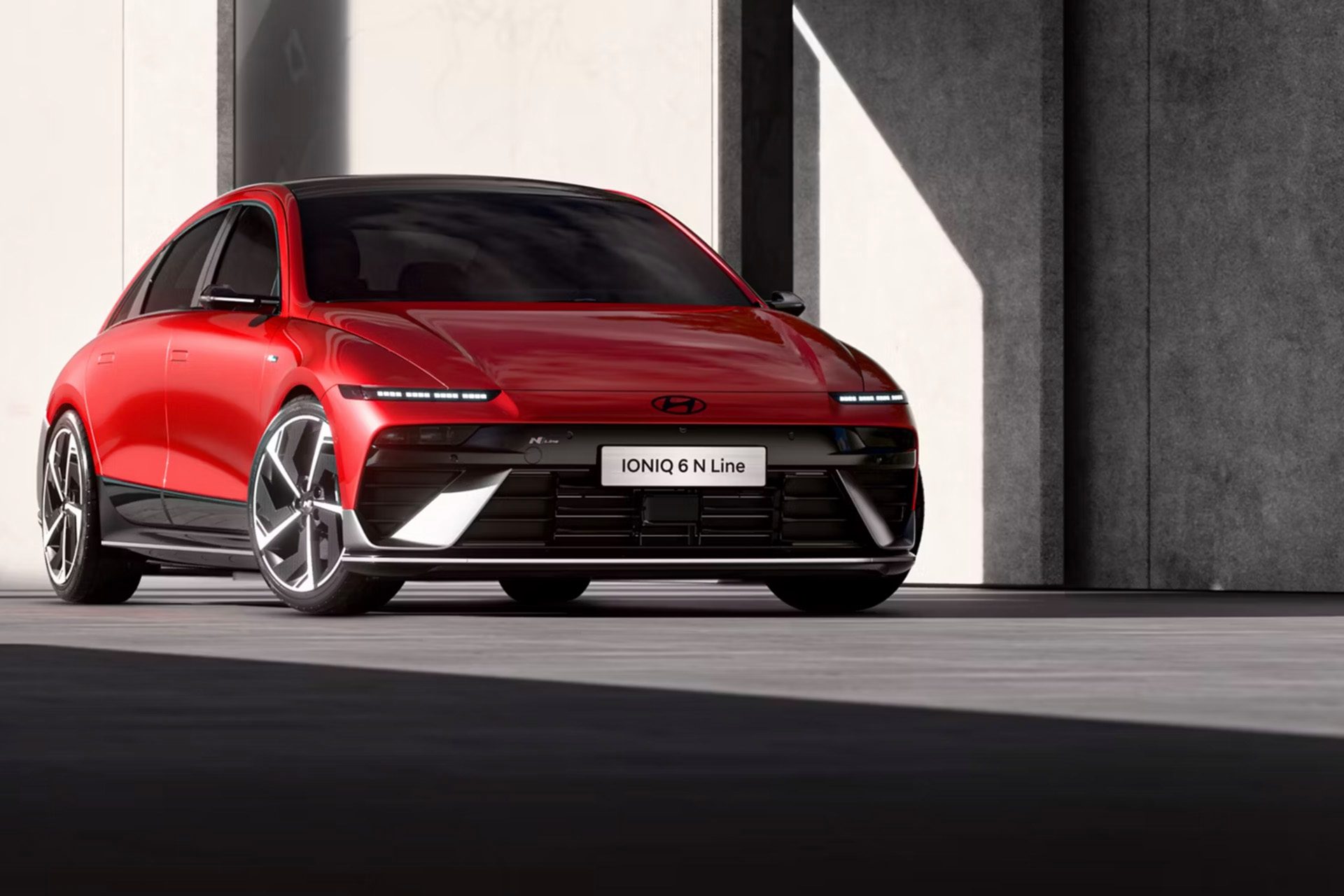
It’s a much more modern, purposeful visage than before. Even the base model integrates active aero shutters with a silver lip below. There are also new aero-optimised wheel designs.
The N-Line is defined by silver pinstriping along the car’s sills and front splitter, and upward-angled fins like on the Ioniq 5 N. There are also gloss-black lower sections on the base model doors, plus another new wheel design.
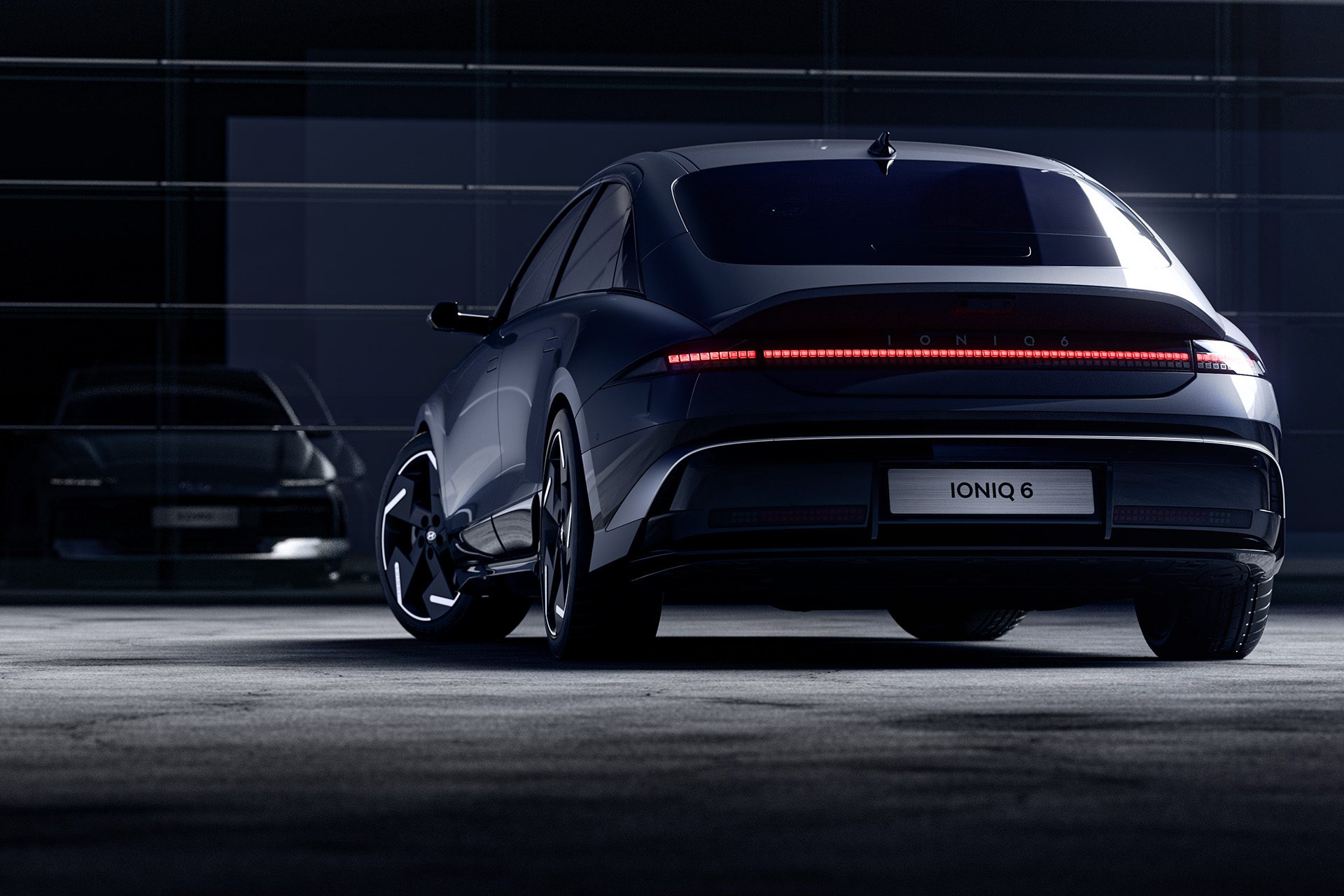
At the rear, the Ioniq 6’s upper spoiler is gone, and in its place a larger single ducktail item mounted above the rear light bar. Hyundai says this gives a ‘cleaner look’ at the rear without adversely affecting aerodynamics.
The N-Line model incorporates a gloss-black bar that features fewer lighting points. A clear ducktail spoiler remains but this is unlikely to feature on the high-performance N model; expect a proper rear wing for improved high-speed stability.
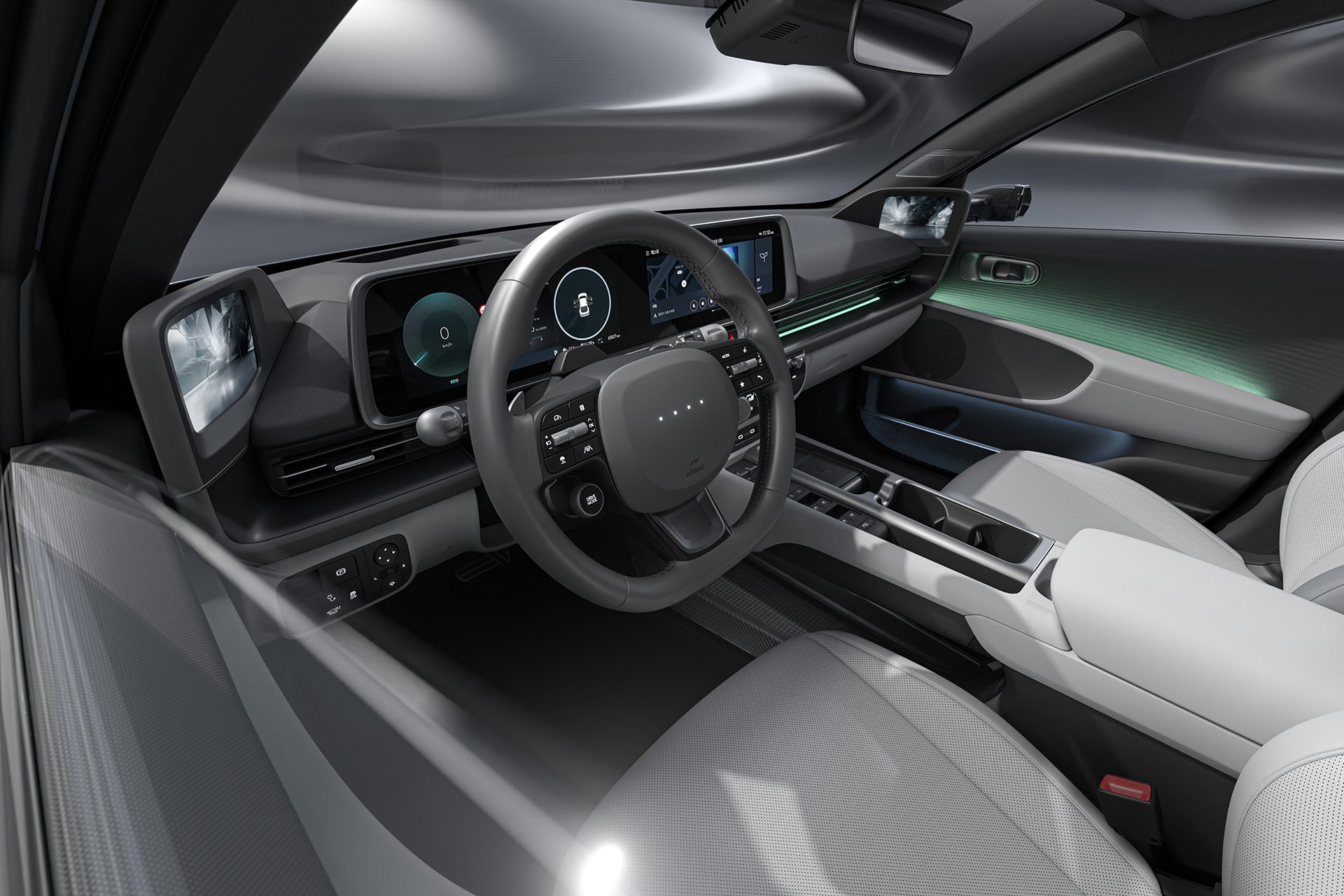
Inside are new colour and trim options, along with a fresh dashboard and subtly reshaped steering wheel. Side-view cameras are used in place of mirrors. Physical controls for the air-conditioning and heater controls remain. A new centre console is separated from the main dash while controls are rearranged for ease of use.
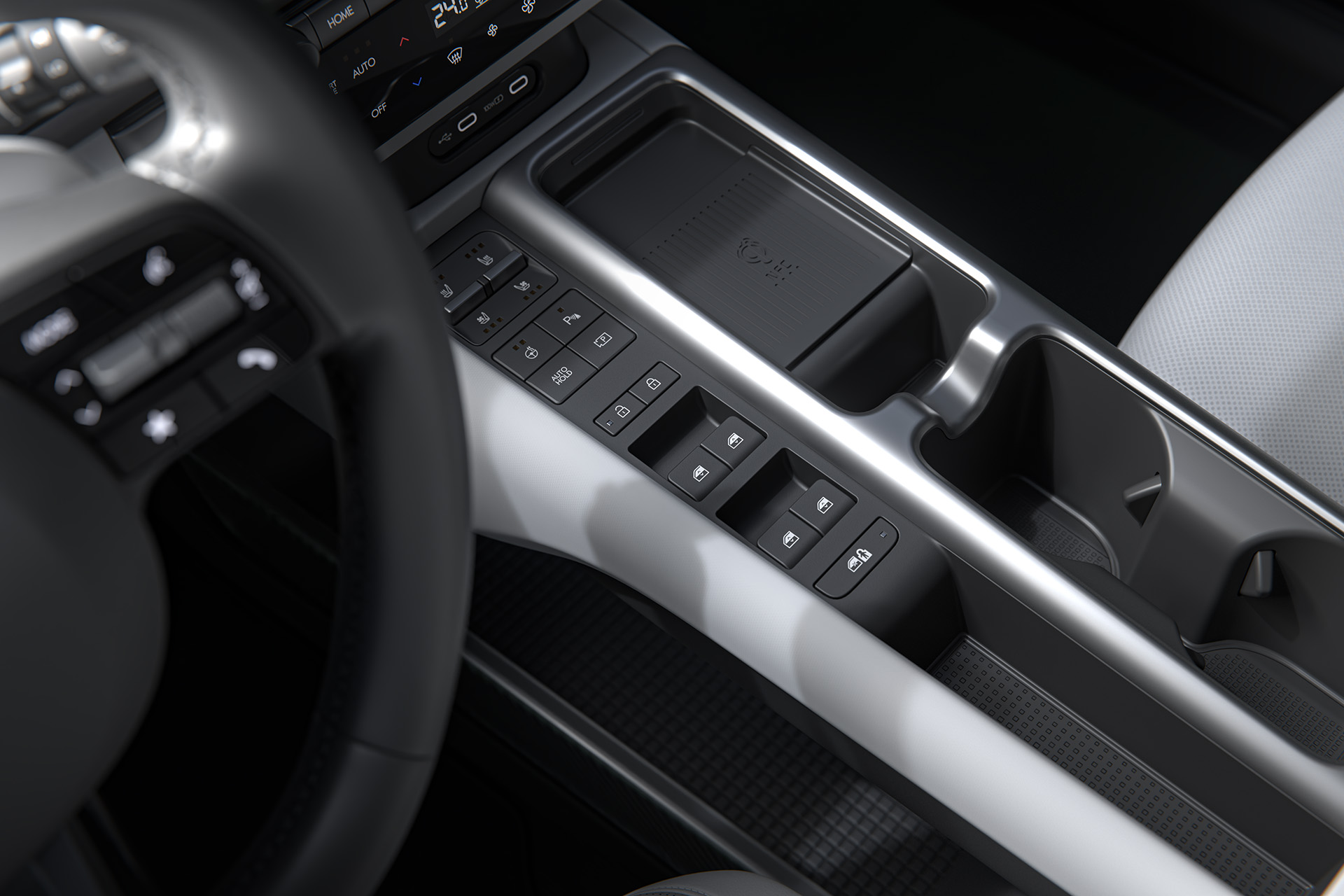
Powertrain details are not yet to hand, nor prices or specs, but rear (168kW) and dual-motor (240kW) layouts are likely. Range should be slightly better than before, around 540km from the 77.4kWh battery pack. Maximum charging speed is 233kW.


